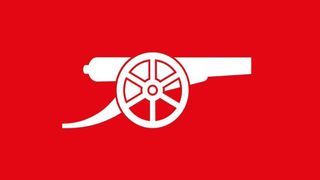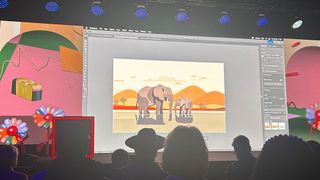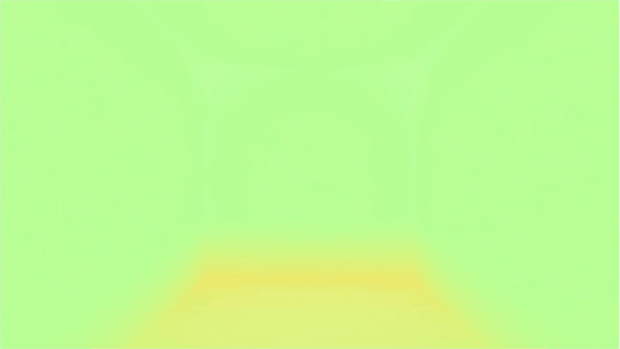Colour matching has always been a problem, and the Pantone system was invented to solve it. The theory is simple: instead of choosing a generic CMYK colour mix, you specify a numbered Pantone shade, picking it from one of 1,341 coloured swatches. When you hand your project over to a printer, they use the shade's number as a reference and select a mix of Pantone inks to recreate it with precision. In short, you get the colour you expected to get. The shade references are absolute and they're recognised globally, so you can print your project just about anywhere in the world and get the same results. Printers are certified for compliance and accuracy, and are tested annually.
In practice, this is slightly more complex. Pantone's original product range featured a selection of 1,117 colours. This was a neat and simple system, but the range has been extended, and now supports a wider selection of possible colours and processes, called Pantone Plus. It's fair to say that the product ranges aren't a model of clarity until you understand which ranges you need and how to use them.
A key point is that the products are split by output - you can select colours for both coated and uncoated stock - and also by process. The original spot colour range is now supported by extra blends specified with conventional CMYK reference indices. There's also a separate subset of the Pantone range called Color Bridge, which is designed for web and print use, and matches print colours to web colours for consistency. All of these basics are covered in a Pantone Essentials bundle, which includes six swatch books for coated, uncoated, process and spot colour, with Bridge references for web use.
Separate shade specifications are available for metallics, pastels and neons, and a colour range launched in 2007 called Goe. These extended ranges are all useful, but completely optional - you can get started in Pantone without them, but they provide an extra choice of shades for more adventurous designs. Most of the ranges are available as printed swatch books and as colour chip collections. Pantone shades aren't just for print - they can also be used to specify plastics and textiles. Use swatch books for print, and chip collections for product design. Chips are also available as tear-outs that you can give to clients for a colour preview.
In a typical Pantone workflow, you select a shade from a range with a swatch book, using controlled lighting to make sure you're viewing the colours correctly. Less accurately, you can also preview shades in Photoshop and Illustrator. It's impossible to display metallics or neons on a monitor, and on-screen accuracy for spot and process colours depends on good monitor calibration. The swatch book is always the definitive guide, and you should treat the on-screen version as a rough preview.
Pantone products assume that standard stocks are being used, so if you're using non-standard, you should check compatibility and perhaps organise proofing to check performance.
Finally, deliver your project to the printer or manufacturer with a separate shade reference for each Pantone colour you use. From then on it's their job - but you should get your project back with the exact shades you specified. For details and ordering, see the Pantone website.
Picking Pantone products
Essentials
Price: £313 (complete set)
The standard collection that every designer should have. Essentials include six guides with Formula, CMYK and Color Bridge ranges on both coated and uncoated stock.
Pantone Plus
Price: £83 (Formula Guide, per set)/£215 (Solid Chips, per set)
The new Formula Guide and Solid Chips introduce 224 new solid colours, making a total of 1,341. The new colours are formulated with the same 14 ink bases that were the foundation of the original Pantone Matching System, so printers can reproduce the new colours.
GoeGuide
Price: £319 (complete set)
The Goe series doubles the range of available shades, but works in the usual way. The Goe swatch books are available with both coated and uncoated stocks, and you also get a free download of standard swatch references for use in Adobe Creative Suite.
Reference Library
Price: £713
The mighty Reference Library is the complete Pantone collection, with a full set of chips and swatches for every standard Pantone range. Goe colours aren't included, but metallics, processes, spots, neons and pastels are.
myPantone for iPhone
Price: £5.99
Is the Pantone app a cheap way to save hundreds of pounds on swatch books? Not quite. Colour control on the iPhone isn't exact, so these shades are a useful reference, but aren't guaranteed to be identical to the printed swatches.




